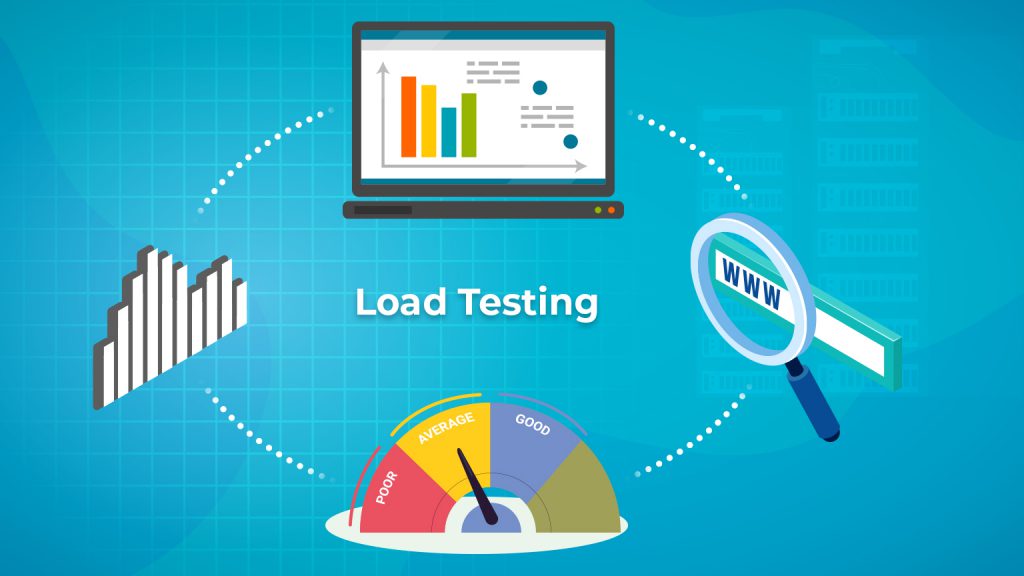The speed at which software programs operate in today’s fast-paced digital environment may make or break a user’s experience. Robust performance testing is more important than ever as technology advances and systems get more complicated. This article examines the top five factors that influence people’s and organizations’ decisions to give performance testing top priority during the software development lifecycle.
- Ensuring User Satisfaction
Any successful program must prioritize user happiness. Even the smallest delay might cause consumers to become frustrated and give up in a world where they are used to receiving replies instantly and interacting with systems seamlessly. To reach these high standards, performance testing is essential.
Performance testing assists in identifying any bottlenecks and response time issues before they affect end users by mimicking real-world events and user loads. By taking a proactive stance, developers may ensure that the application is optimized to manage periods of high traffic without sacrificing performance or functionality. What was the outcome? Content consumers are more likely to keep using the app and refer others to it.
- Maintaining System Stability
The complexity and size of applications increase, making system stability more difficult to manage. Finding weak areas and probable failure situations that might result in system crashes or downtime requires performance testing.
Developers may test the system’s boundaries and beyond by using several performance tests, such endurance and stress testing. This procedure shows how the program performs in challenging circumstances, which aids teams in locating and fixing problems. Performance testing guarantees that the program is stable and dependable even during unforeseen surges in usage or extended periods of high demand by strengthening the system against potential faults.
- Optimizing Resource Utilization
Considering the prevalence of pay-as-you-go models and Cloud computing in today’s world, effective resource management is crucial. Organizations may better understand how their apps use CPU, memory, and network bandwidth under different circumstances by doing performance testing.
Teams might find places where resources are being misused or overused by examining performance indicators. This knowledge enables optimization and fine-tuning, guaranteeing that the program operates well without squandering important resources. In Cloud-based systems where resource utilization directly affects operating expenditures, effective resource management can result in considerable cost reductions in addition to improved application performance.
- Facilitating Scalability
Applications need to be able to scale easily to meet growing demand as user bases and companies develop. When evaluating an application’s scalability and spotting any expansion barriers, performance testing is essential.
Developers may observe how the system reacts to incremental increases in user demand or data volume by simulating them through scalability testing. This procedure aids in identifying architectural or infrastructural constraints in the application that may prevent it from scaling. By taking care of these problems early on, companies can make sure that their apps are prepared to expand with their company and prevent expensive redesigns or performance problems later on.
- Enhancing Security and Compliance
Performance testing is sometimes disregarded, yet it may be very important for improving an application’s security posture and guaranteeing that it complies with industry requirements. Performance testing can mimic the high-stress environments that many security flaws only show themselves in.
Through the implementation of diverse performance scenarios, teams are able to detect any vulnerabilities in the application’s security that might be used in times of system stress or excessive load. Performance testing also aids in confirming that the application satisfies the necessary performance requirements for industry compliance in regulated sectors. In today’s highly regulated and security-conscious company environment, performance testing is a crucial tool due to its twin benefits of better security and compliance preparedness.
Conclusion
For any firm that is serious about developing software of the highest caliber, performance testing is not only a technical need but also a strategic imperative. Performance testing has several important and wide-ranging advantages, including preserving system stability, guaranteeing user happiness, optimizing resource usage, enabling scalability, and improving security. However, for better results, businesses can consider Opkey which offers an enterprise-grade test automation solution for performance testing. It provides a user-friendly, no-code interface suitable for both technical and non-technical users. Opkey supports various application types, converts functional tests to performance tests, and facilitates collaboration among diverse teams. Its approach streamlines the testing process, enhancing efficiency and quality across enterprise testing needs.











